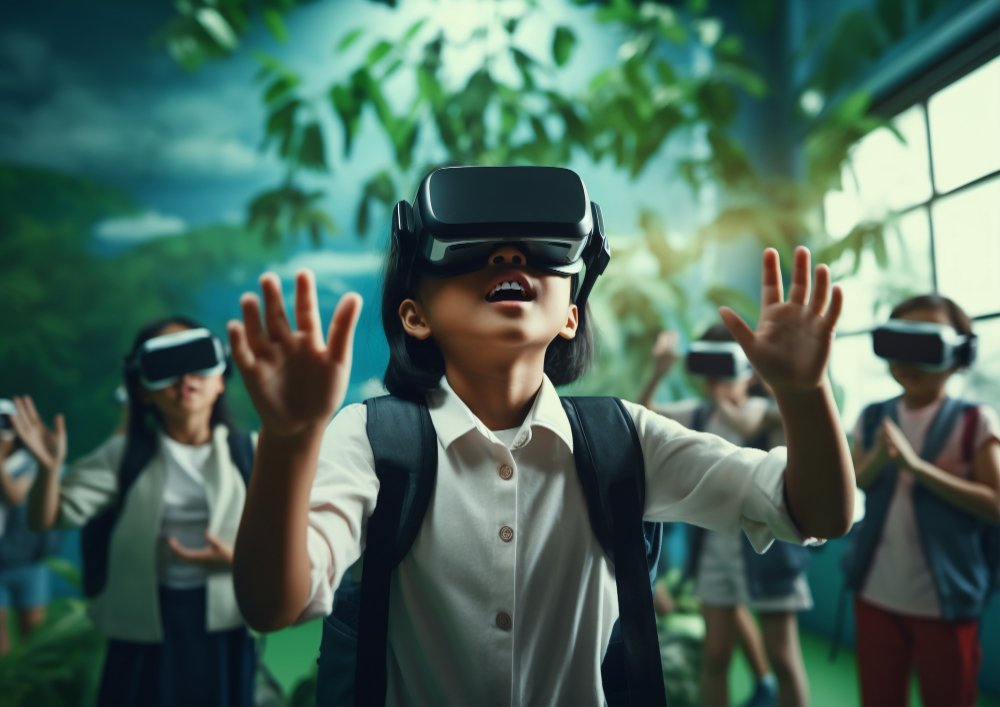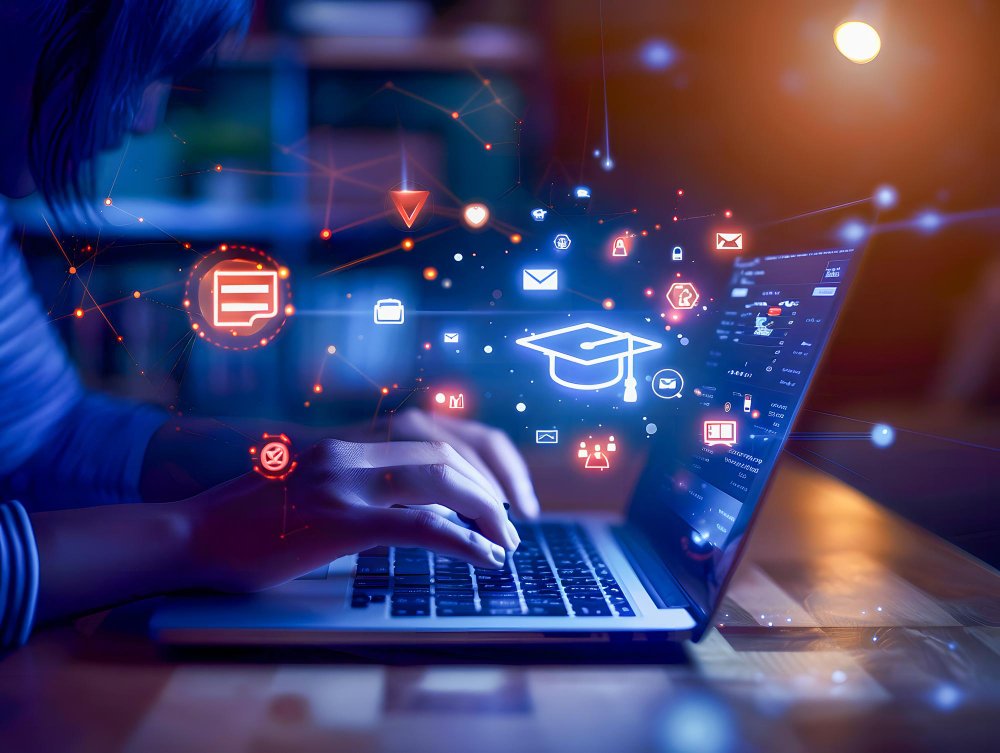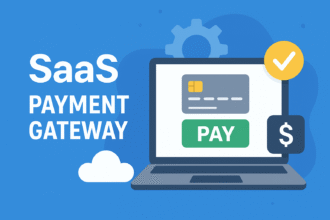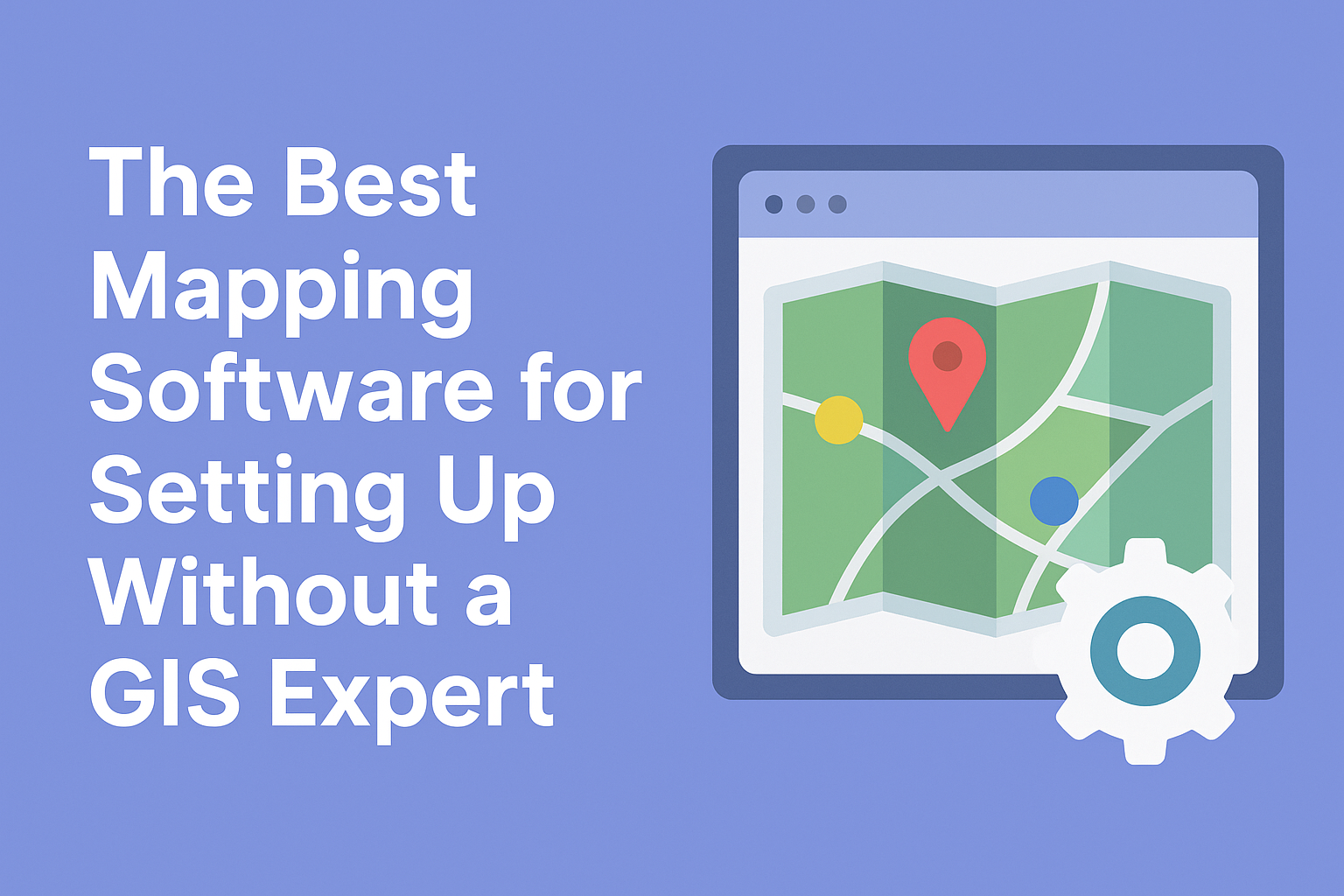The Rise of EdTech: How Modern Tools are Shaping the Future of Learning
The educational landscape has dramatically transformed in recent years thanks to the rapid development of educational technology. Gone are the days when education was confined to physical classrooms and bulky textbooks. Today, learning has become more accessible, interactive, and personalized, mainly due to the rise of innovative digital tools. As we dive into the future of education, it’s crucial to understand how these modern tools reshape how we learn, teach, and interact with knowledge.
How Modern Tools are Shaping the Future of Learning
The Digital Classroom: More Than Just a Virtual Space

The concept of the digital classroom has evolved significantly over the past decade. Initially, it was seen as a supplement to traditional learning, a convenient way for students to access course materials and submit assignments online. However, the digital classroom has now become a full-fledged educational environment that can rival and, in some cases, surpass the traditional classroom experience.
Platforms like Google Classroom, Microsoft Teams, and Zoom have enabled educators to create virtual classrooms that are not just repositories of information but interactive spaces where students can engage with their peers and instructors in real time. These platforms allow live discussions, collaborative projects, and instant feedback, significantly enhancing the learning experience. Moreover, the ability to record and replay lessons will enable students to learn at their own pace, revisiting complex concepts as needed.
Integrating digital tools into the classroom allows for a more personalized learning experience. Adaptive learning technologies, which tailor educational content to the needs and abilities of individual students, are becoming increasingly common. These tools can identify a student’s strengths and weaknesses and adjust the difficulty level of tasks accordingly, ensuring that each student is challenged just enough to make progress without feeling overwhelmed.
Gamification: Making Learning Fun and Effective

One of the most exciting developments in EdTech is the rise of gamification—the use of game design elements in non-game contexts, such as education. Gamification has proven to be a powerful tool in making learning more engaging and enjoyable for students of all ages. By incorporating elements like points, badges, and leaderboards into educational content, educators can motivate students to participate more actively and persist through challenging material.
Gamified learning platforms such as Duolingo for language learning and Khan Academy for various subjects have shown how practical this approach can be. These platforms transform learning into an interactive adventure, where positive reinforcement rewards students for their progress and encourages them to continue learning. This approach increases student engagement and helps with knowledge retention, as students are more likely to remember information they’ve learned in a fun and interactive way.
Gamification can make complex concepts more accessible by breaking them into smaller, more manageable tasks. For example, a math problem might be presented as a puzzle or a challenge that needs to be solved to advance to the next level, making the learning process feel more like a game than a chore. This learning method, described as “intuitive learning through relaxing gaming,” is particularly effective for younger learners and those struggling with traditional teaching methods.
The Role of AI in Personalized Learning

Artificial intelligence (AI) is another technology that is transformative in education. AI-driven tools can analyze vast amounts of data to provide insights that enhance the learning experience. One of the most significant applications of AI in education is in the realm of personalized learning, where AI algorithms can assess a student’s performance and suggest customized learning paths tailored to their specific needs.
For instance, AI-powered tutoring systems can provide real-time assistance to students, offering hints and explanations when they encounter difficulties. These systems can adapt to each student’s learning style and pace, ensuring they receive the support they need to succeed. Additionally, AI can help identify patterns in a student’s learning behavior, such as areas where they consistently struggle, and suggest additional resources or exercises to help them improve.
Beyond personalized learning, AI is also being used to automate administrative tasks, freeing educators to focus more on teaching and interacting with students. From grading assignments to tracking student progress, AI can handle many routine tasks that consume a teacher’s time, allowing them to dedicate more attention to fostering a supportive and interactive learning environment.
The Future of EdTech: Blending the Best of Both Worlds
As technology continues to evolve, the future of education will likely be characterized by a blend of traditional and digital learning methods. While online learning has proven to be highly effective, there is still value in the face-to-face interactions and hands-on experiences that traditional classrooms provide. The challenge for educators and EdTech developers will be to create hybrid learning environments combining the best of both worlds, providing students with a flexible, comprehensive, well-rounded education.
One promising development in this area is the rise of blended learning models, which combine online instruction with in-person activities. In a blended learning environment, students might complete digital lessons and exercises at their own pace and then come together in the classroom to apply what they’ve learned through group projects, discussions, and hands-on activities. This approach allows for a more personalized learning experience while providing opportunities for social interaction and collaboration.
As EdTech continues to evolve, we expect to see even more innovative tools and approaches that will further transform the educational landscape. The possibilities are endless, from virtual reality simulations that provide immersive learning experiences to blockchain technology that secures educational credentials. However, the goal remains constant: making education accessible, engaging, and effective for learners everywhere.
Embracing the Change: Preparing for a Tech-Driven Educational Future
As we look to the future, it’s clear that EdTech will continue to play a pivotal role in shaping how we learn and teach. Educators, students, and institutions must be willing to embrace these changes and adapt to the new opportunities that technology presents. By doing so, we can ensure that education remains relevant, effective, and accessible in an increasingly digital world.
Whether through “intuitive learning through relaxing gaming,” AI-driven personalized learning, or the digital classroom, the tools of tomorrow are already here, reshaping the educational experiences of today. We must harness these tools and use them to create a brighter, more informed future for all.

















